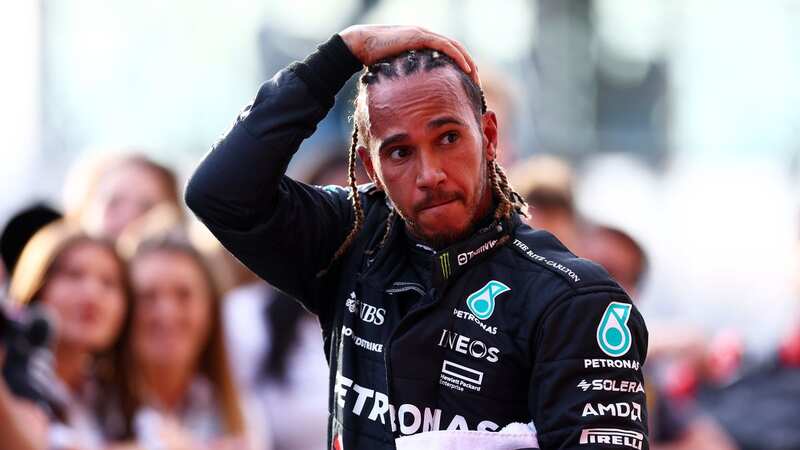Lewis Hamilton disqualification revisited as FIA faces 'impossible' F1 task

The FIA has clarified its Formula 1 post-race scrutineering process amid criticism after the disqualification of Lewis Hamilton and Charles Leclerc in Austin.
Hamilton finished the United States Grand Prix second on the road behind race winner Max Verstappen. But he was later stripped of that podium after FIA post-race checks found his Mercedes did not comply with F1 rules.
And Leclerc suffered the same punishment after crossing the line sixth. The same problem was discovered on his Ferrari – plank wear on both cars was found to be beyond the acceptable level specified in the regulations.
But it led to some criticism of the FIA's process. Verstappen and Lando Norris also had the floors of their cars checked but passed. Given the 50 percent fail rate on those four cars, it is not unreasonable to suspect there may have been other cars that finished the race which also suffered too much plank wear.
In a bid to answer questions raised about the process, the FIA has released a lengthy new statement in which it underlined the fact that post-race checks are always carried out at random. And the governing body also made a point of highlighting that carrying out full checks on every car is not something it believes can be done.
 Sebastian Vettel warns of looming F1 ban and is "very worried about the future"
Sebastian Vettel warns of looming F1 ban and is "very worried about the future"
"This process has been in place for many decades, and exists to ensure compliance with the regulations by virtue of the fact that the teams do not know before the race which specific areas of which cars might be examined beyond the standard checks carried out on every car each weekend," the statement read.
"This means that, from their perspective, any part of the car could be checked at any time, and the consequences for non-compliance with the Technical Regulations can be severe... The vast majority of the time, all cars are found to be compliant. However, as happened in Austin, breaches of the rules are occasionally found and reported to the Stewards, who decide the appropriate action to take."
And the FIA insists its current process is in the best shape it has ever been and remains a "serious deterrent" to stop teams trying to flout technical rules. The governing body added: "Each team is aware that selection is possible and understand that the chance of any lack of compliance being uncovered is strong.
"As with everything in Formula 1, the process has evolved and been refined over the years to constitute the most stringent and thorough method of monitoring F1's incredibly complex current-generation cars, acting as a serious deterrent while being practically achievable within the logistical framework of a Grand Prix weekend."
Mercedes team principal Toto Wolff immediately accepted the team was at fault for failing the rules in Austin. And technical director James Allison said staff were "upset" and "embarrassed" about the disqualification. "We absolutely don't like like being on the wrong side of the rules," he said.
Read more similar news:
Comments:
comments powered by Disqus

































